Top 10 Interesting Facts About Betsy Ross
The first American flag, a representation of patriotism on a national level, is ascribed to American upholsterer Ross Ashburn Claypoole, also known as Betsy ... read more...Ross. Samuel Griscom and Rebecca James Griscom had Betsy Ross on their property in Gloucester City, New Jersey, on January 1, 1752. Only nine of the seventeen children, including Betsy, lived to adulthood. Here are some interesting facts about Betsy Ross.
-
One of the interesting facts about Betsy Ross's tale is how she fell in love with John Ross, who was also an apprentice upholsterer, at that time. There was just one minor issue. Ross wasn't a Quaker; he attended the Episcopal Christ Church. As it was against the Quaker creed for a Quaker to marry outside the faith, Betsy would have to make a decision between her family, community, and the man she loved. Similar to the "shunning" we hear about in certain religious organizations today, the punishment was to be "read aloud."
It was a huge decision for Betsy, who was just 21 when she fell in love with John Ross, to choose love and to be shunned by her whole society. What she did was really daring. The pair fled to New Jersey and were married in the Huggs Tavern on November 4, 1773. Sadly, after only three years of marriage, John passed away. He enlisted in the Pennsylvania militia as the Revolutionary War began, and he died while serving his country. Unknown is his actual cause of death.
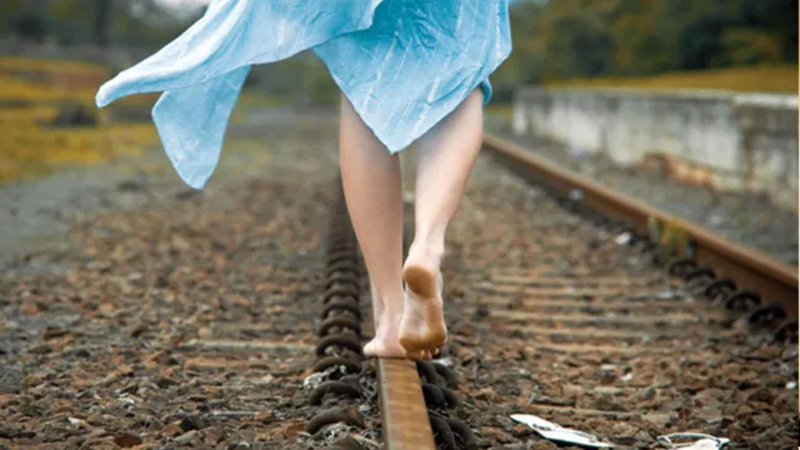
Source: News Samachar 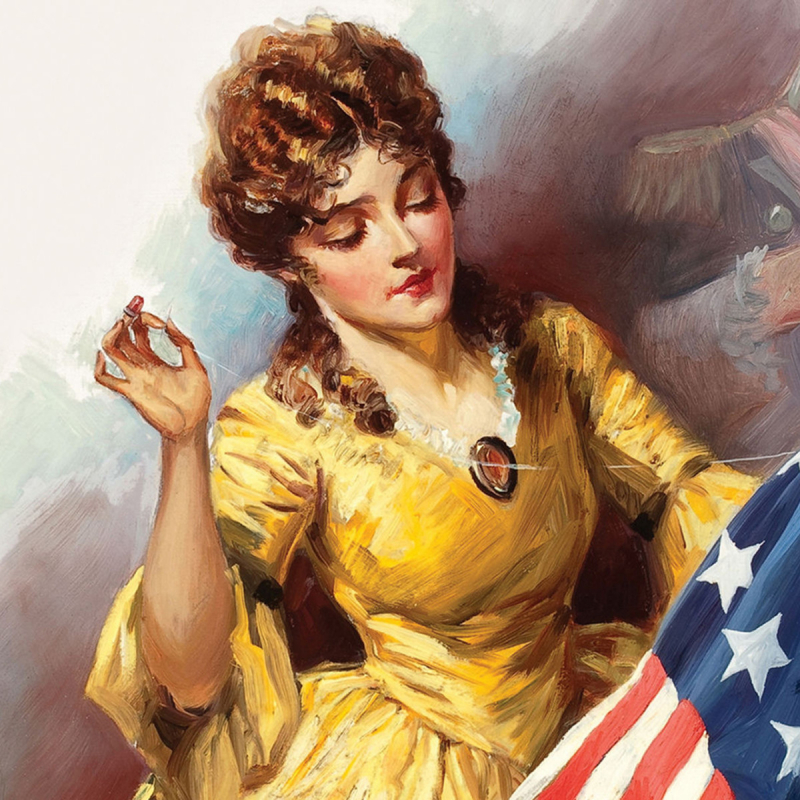
Source: Biography -
The second interesting fact about Betsy is that she was a businesswoman. Betsy converted her expertise as an upholsterer into a successful company. She and John were a great power couple during the American Revolution, and after they fled, they opened a store in Philadelphia. They were unable to rely on the Quakers for any income, but they became involved with John's Christ Church community and developed a reputation for producing high-caliber work. The fact that George Washington, a fellow member of Christ Church, was a client and hired the couple to make bed hangings for his bedroom is a well-known aspect of the Betsy Ross legend.
Like other upholsterers, Betsy specialized in making flags, and she produced several American flags. I enjoy recalling the numerous homemade flags that graced houses and windows back in the era of screenprints. Through good times and bad, Betsy kept up her upholstery business and even helped out her relatives later in life.
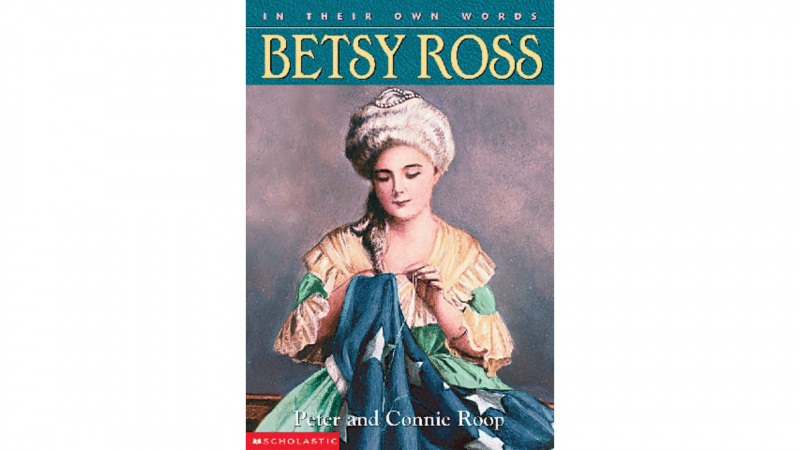
Source: shop.scholastic 
Source: Finance Monthly -
She most likely made furniture for his home as well as flags for the Continental army for Washington. Her grandson, William J. Canby is credited with spreading the legend that he asked her to sew the first American flag with the red, white, and blue stars and stripes. In a report he presented in 1870 to the Historical Society of Pennsylvania, Canby provided documentation for his claim that Betsy's involvement in the creation of the flag was a part of his family history. The six-pointed stars that were originally proposed for the design are one aspect of the tale. Historians still hold the belief that Betsy proposed switching the design to the five-pointed stars, which are much simpler to make.
More information has come to light throughout time that either confirms Betsy's involvement in the construction of the original flag as one of a group of locals or that her contribution was restricted to the revision of the stars. Even though we might never know her precise stitches, we do know a few things. First, George Ross, John's uncle, served as one of the individuals on the committee that designed the flag. Second, the Pennsylvania State Navy Board compensated Betsy with a sizable fee for her work producing flags. It is quite likely that she was directly engaged in the creation of the first flag.
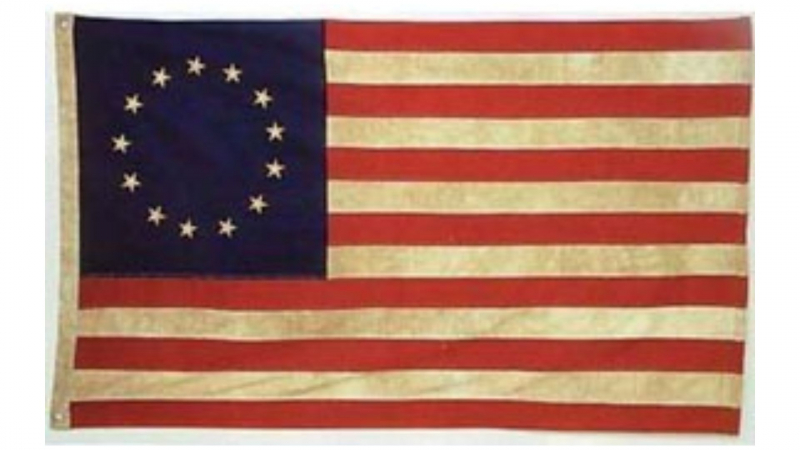
Source: libraries.blogs.delaware.gov 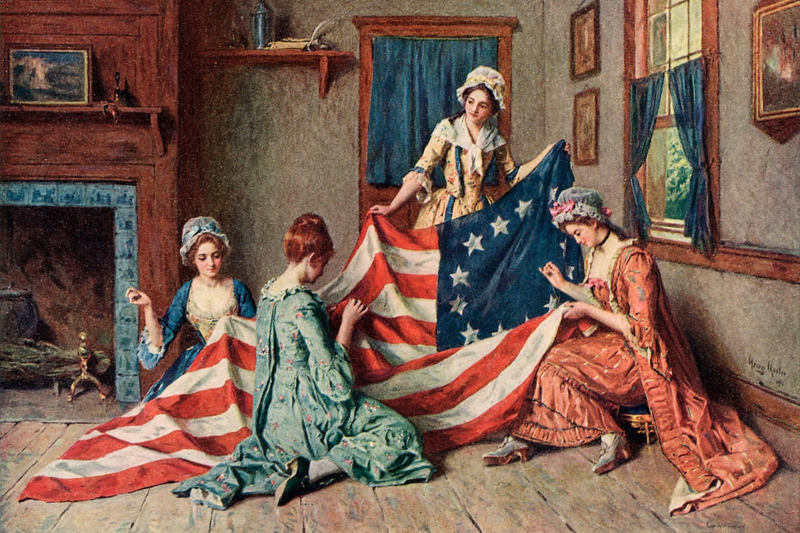
Source: National Geographic -
On January 1, 1752, Elizabeth Griscom was born to Samuel Griscom and Rebecca James Griscom. The fact that Betsy's paternal great-grandfather immigrated from England to America in 1680 and became one of Philadelphia's first proprietors meant that she was already a fourth-generation American, notwithstanding the year. Her father participated in the construction of Independence Hall's bell tower. The family had strong ties to the neighborhood and practiced Quaker religion. They hold a prominent social role in the developing metropolis as a result of all these elements.
Elizabeth Griscom, or Betsy, was born on January 1st, 1752 in Gloucester City, New Jersey. She was the seventh of Samuel and Rebecca James Griscom's 17 children. Only nine of the children lived to maturity; two of the siblings passed away before Betsy was born; two of the sisters passed away when they were five and seven years old, respectively. When Betsy was four and fifteen, their two brothers, both called Samuel, died, and when she was twenty, a smallpox outbreak claimed the lives of three-year-old twins. Such family bloodshed wasn't rare at the time.
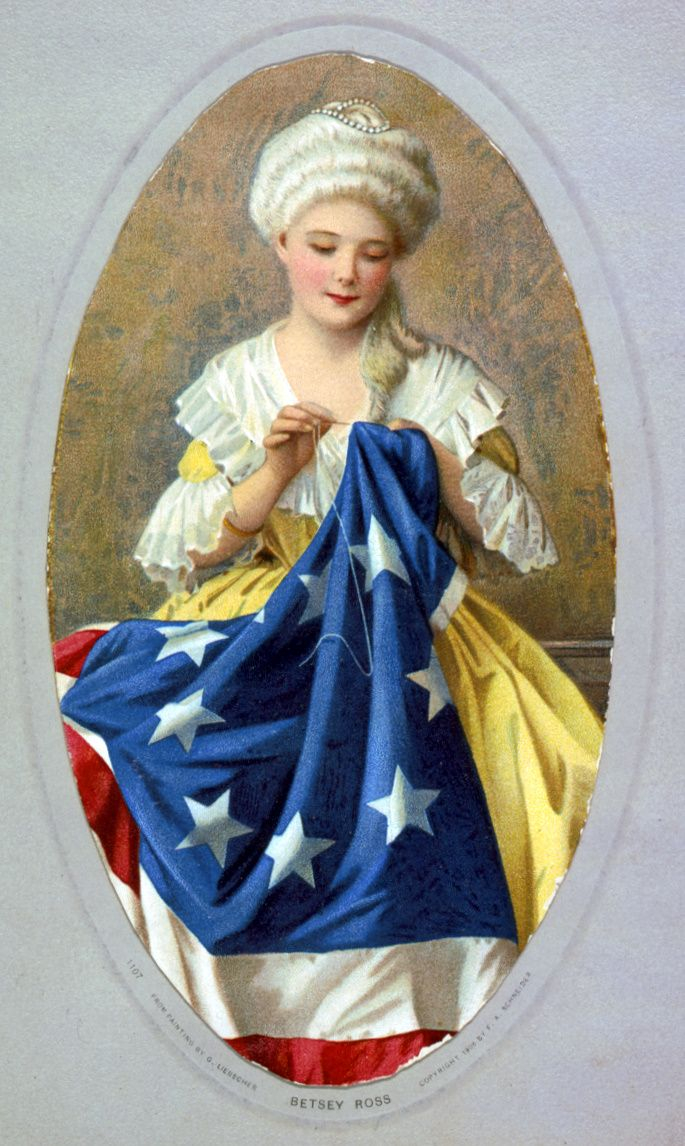
Source: Recollections 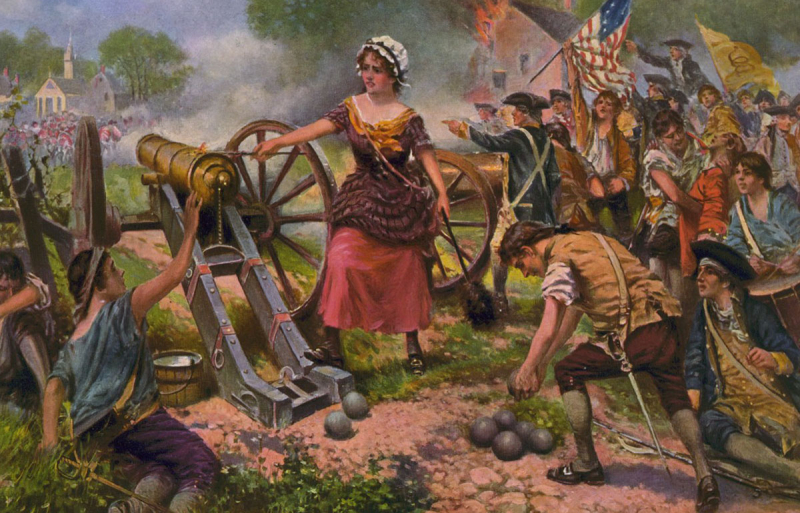
Source: Vermont Humanities -
One of the interesting facts about Betsy Ross is that she was an upholsterer, not a seamstress. Even though Betsy is frequently referred to as a seamstress, she had formal upholstering training. Although it is a wonderful profession, Betsy Ross did not work as a seamstress. In reality, Betsy was a brilliant upholsterer. A skillful and well-known Philadelphia upholsterer named John Webster hired Betsy as an apprentice after she finished her official schooling at a school for Quaker kids. She had received training in the creation and maintenance of all types of household upholstery. She worked with Webster for a number of years, learning how to create and fix curtains, bedcovers, tablecloths, carpets, umbrellas, and Venetian blinds in addition to doing other sewing-related tasks. Betsy was a talented craftswoman who could make anything, from draperies to couches to flags (all decent homes had handcrafted flags at the time).
The Griscom family employed professionals. Her grandpa was a carpenter, and Betsy's father was a farmer. When she was little, her great aunt taught her how to sew. She honed her sewing skills to a high level.
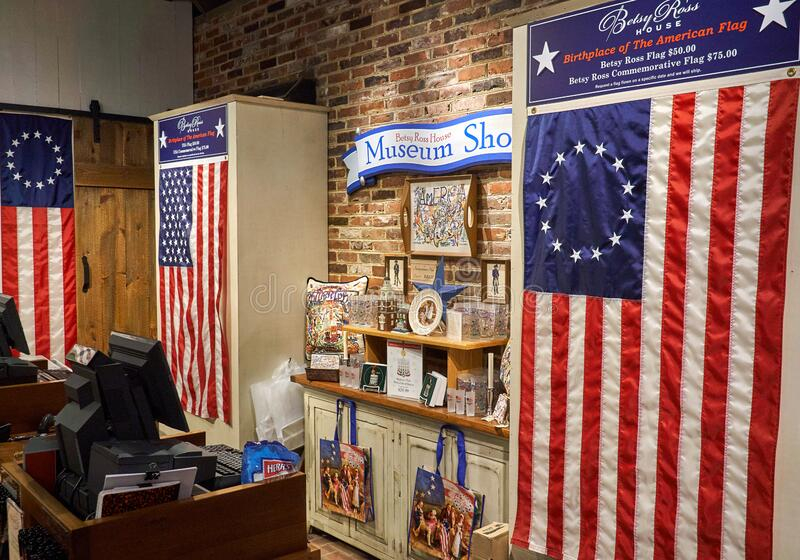
Source: Dreamstime 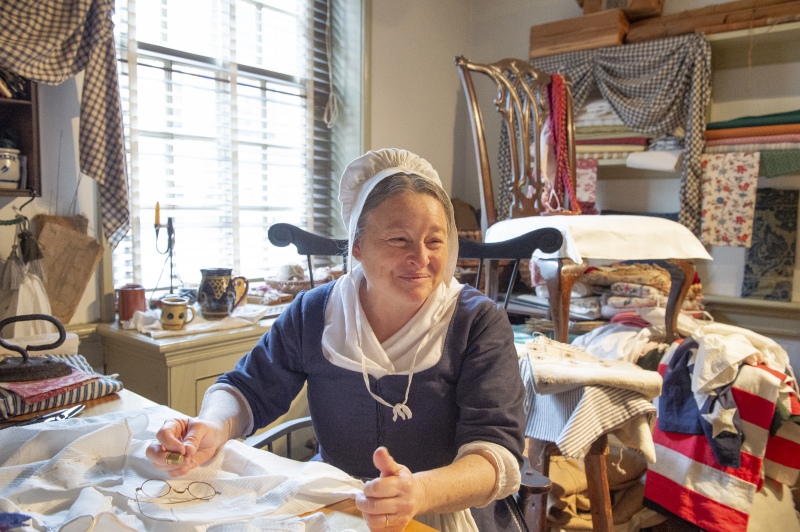
Source: inquirer -
Up until very recently, the only supporting documentation for this endearing tale was a ticket proving Betsy was compensated for sewing a navy pennant for a group of American ships. Canby's story was nevertheless widely read in books and periodicals. Another relative, J. Franklin Reigart, released a book that expanded on the story five years after it first appeared. Instead of a successful entrepreneur who managed to maintain her upholstery shop through periods of war and epidemic, outlived three husbands, and reared five kids, Betsy is shown in these Victorian renditions as a prim and proper mob-capped seamstress.
There was an attempt to make Betsy a household name in the late 19th century when, as we know, she had an upholstery shop, according to Betsy biographer Marla Miller. There is an obvious attempt to remove her from the labor history setting, which is where she truly belongs. The culture has never pictured her at work, packing a mattress, or performing the tasks we were aware of her performing.
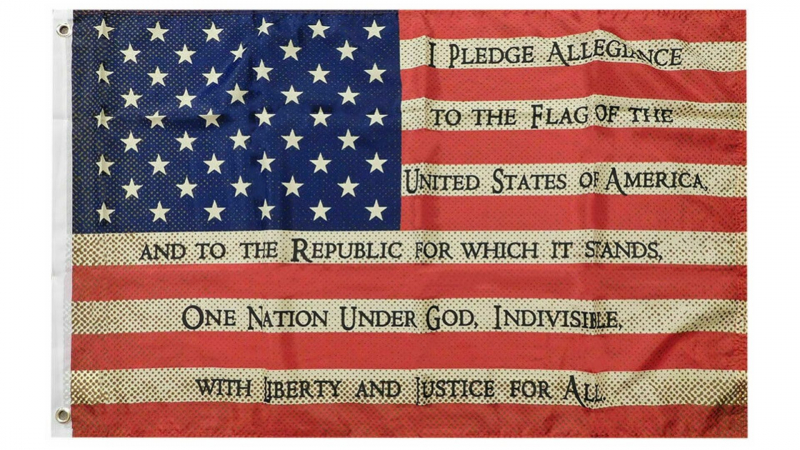
Source: Walmart 
Source: US Naval Forces Europe -
Another fact about the life of Betsy is that she was in conjunction with the sewing of the Stars and Stripes. A document written by her grandson, William Canby, and sent by him to the Historical Society of Pennsylvania in March 1870, is the first mention of Betsy in relation to the stitching of the Stars and Stripes. The now-famous story of how George Washington and other founding fathers visited Betsy in her store and gave her the order to sew the first authentic American flag is recounted in the paper using family recollections from Betsy's kids and a cousin.
According to Canby, Washington had intended to have six-pointed stars on the flag because they were simpler to cut, but Betsy showed him how to quickly and easily cut a five-pointed star with one pair of scissors. The American government offers a slide show illustrating the method; it is utterly incomprehensible. The private version is considerably more understandable and simple to replicate.
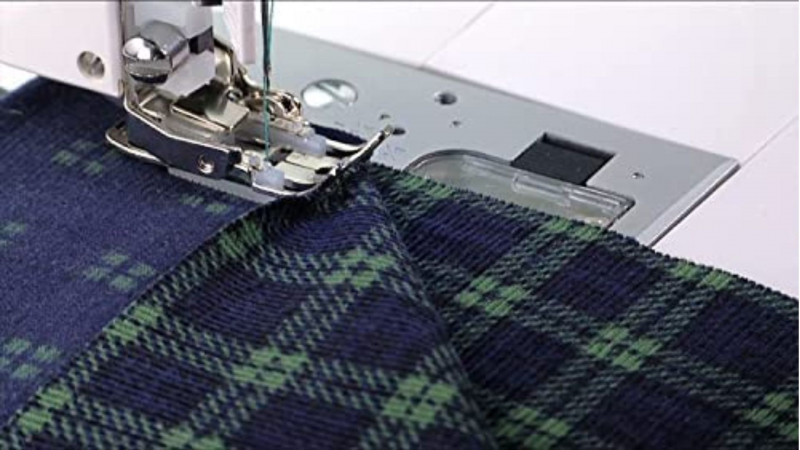
Source: Amazon 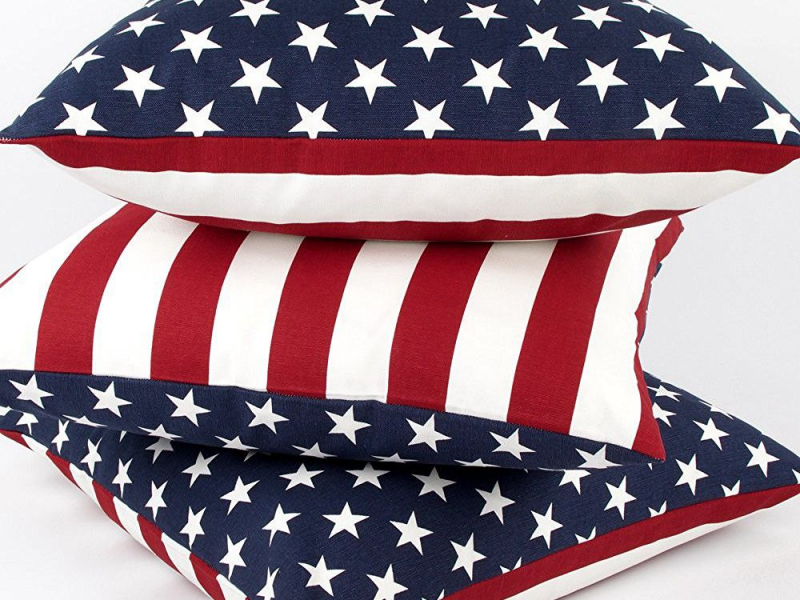
Source: thesprucecrafts -
When the Revolutionary War started in 1775, two years after their marriage, John Ross, a soldier in the Pennsylvania Provincial Militia, was tasked with guarding supplies. Unfortunately, a gunpowder explosion claimed his life. At age 24, Betsy became a widow without having a child, maintained the upholstery business at a store on Arch Street, along with producing tents and blankets, fixing clothes, and making musket balls for the Continental Army.
Betsy wed Joseph Ashburn, a seaman, as her second spouse on June 15, 1777. When the Royal Navy seized Ashburn's ship in 1780, he was accused of treason and imprisoned in England's Old Mill Prison. Zilla, his first child with Betsy, passed away while he was there, and Eliza, a second daughter, was born. In 1780, he passed away in Old Mill, and Betsy was informed by John Claypoole, a fellow prisoner. She married John Claypoole, her third husband, in 1783. Their 34-year marriage was happy. Sadly, Claypoole passed away in 1817 after struggling with his health for many years. Together, they had five daughters: Clarissa, Susanna, Jane, Rachel, and Harriet, who passed away when she was just a newborn.
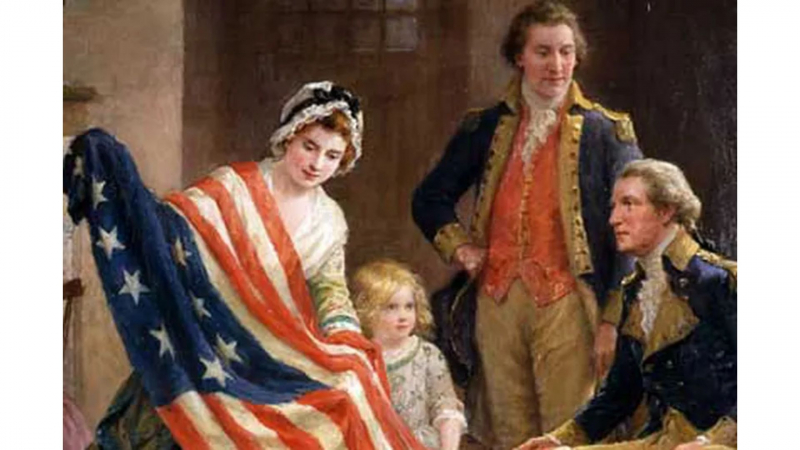
Source: Inquirer 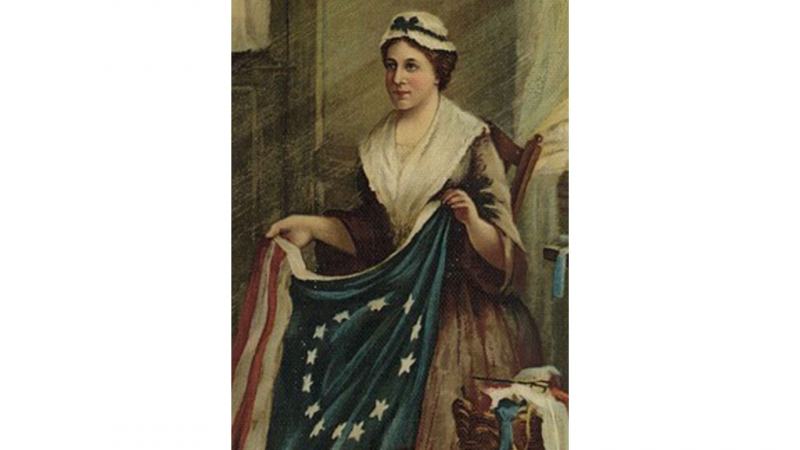
Source: Wikipedia -
One of the interesting facts about Betsy Ross is that there was a bridge in her honor. Over the Delaware River, the Betsy Ross Bridge connects Pennsauken, New Jersey with Philadelphia, Pennsylvania. It is a continuous steel truss bridge. It bears Elizabeth Ross' name because she restored John Paul's army banner in 1776, creating the first American flag with 13 stars. A previous structure of the same style that had been completed in 1907 was replaced by the current bridge, which was constructed between 1959 and 1970. In order to improve Route 1 over the river from Center City Philadelphia, a new bridge was proposed. Its 1,990-foot main span is supported by pylons that are 123 feet tall. The bridge is two miles long overall, with four car lanes, and one pedestrian walkway.
There are only two suspension bridges left in New Jersey, and one of them is the Betsy Ross Bridge (the other being the Benjamin Franklin Bridge). Additionally, it is one of just three significant entry points into Philadelphia from south of the city center (along with the Lincoln and Walt Whitman bridges). When Ross mended John Paul's Army Flag in 1776, she helped create the first American flag with 13 stars, earning the bridge its official name.

Source: Wikipedia 
Source: Pinterest -
Near Independence Hall and the Liberty Bell, on Arch Street, is a prominent Philadelphia monument called the Betsy Ross House. The building's front façade, which included a sizable window on the ground level for item display, plus its close proximity to the Delaware River, made it the perfect place for a store. In actuality, the home was used for more than 150 years by a variety of shop owners and craftspeople as both a place to live and do business. The workshop and showroom were located in the front room on the first level. The remainder of the house was occupied by the company owner and his or her family.
The First Flag of the US Made in this House was the sign that the Mind family put up on the outside of the house to capitalize on its intriguing past. The Munds' Tavern advertised themselves as follows in 1876: "Original Flag House, Wine, and Spirits." Mrs. John Ross fashioned the original American flag in this residence. " She is interred there beside the ashes of her previous spouse.
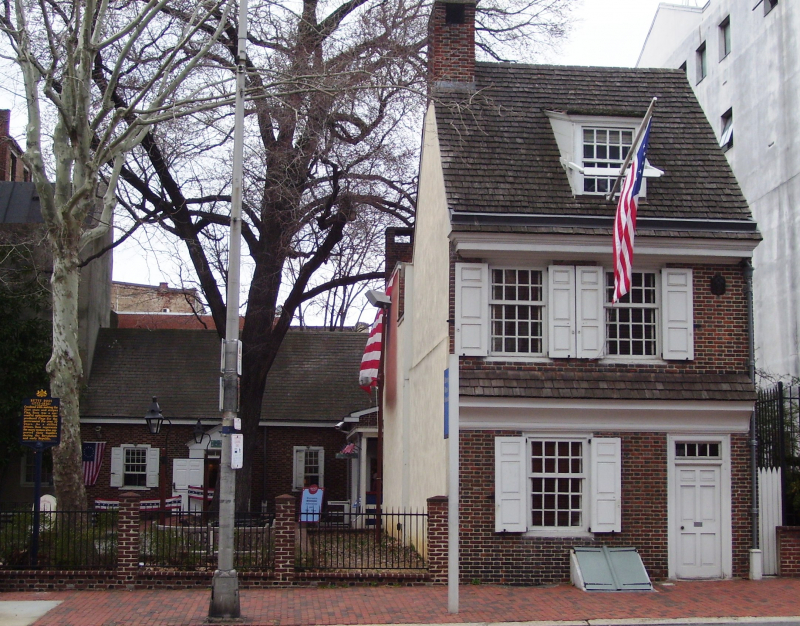
Source: Wikipedia 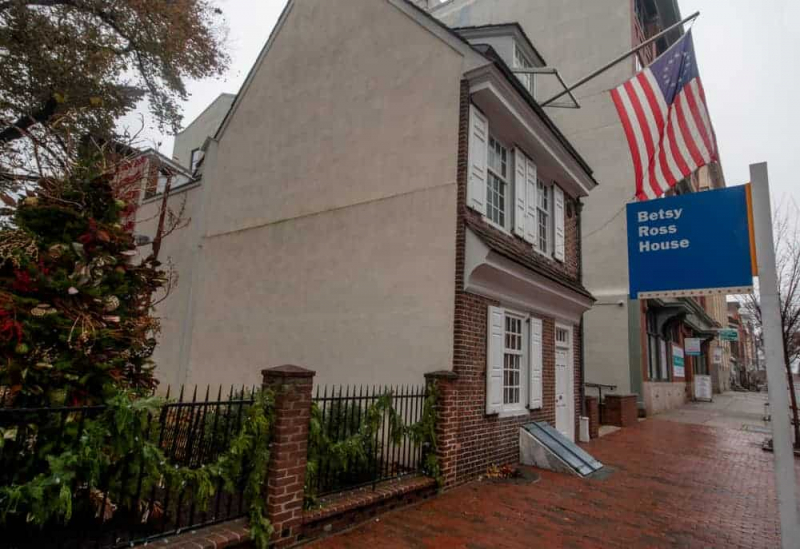
Source: Uncovering PA































